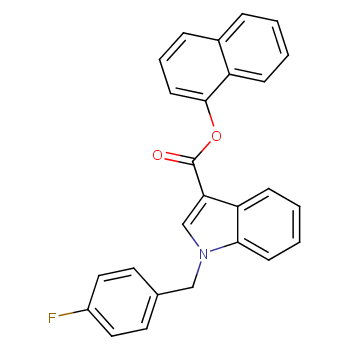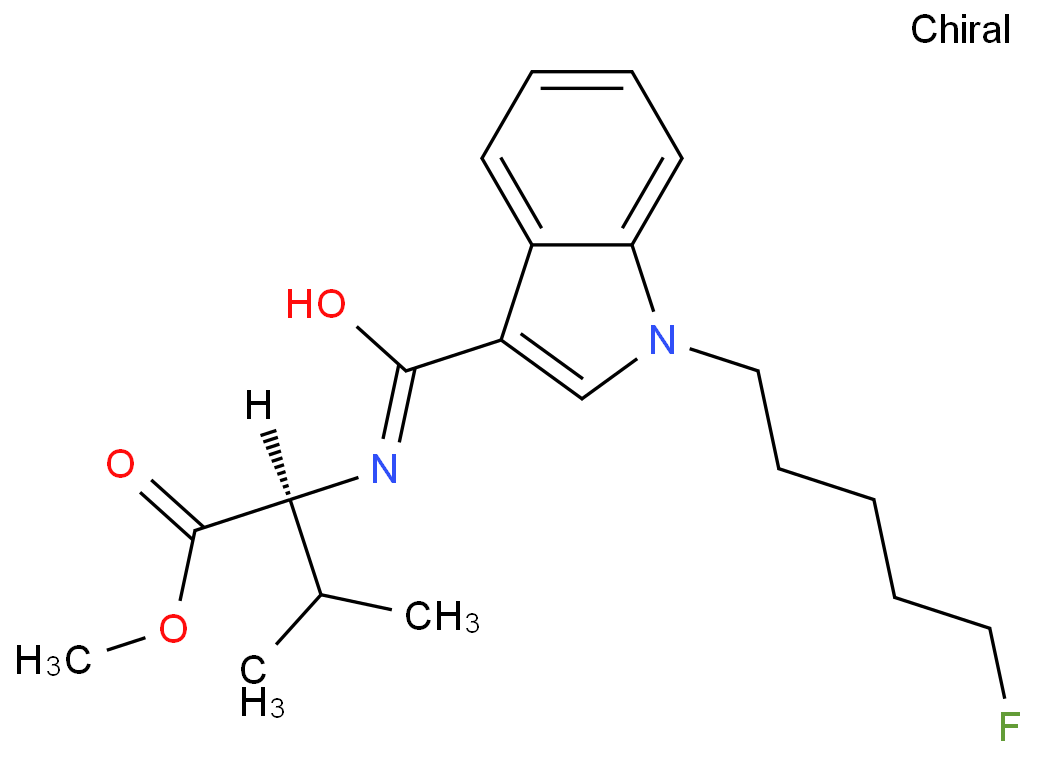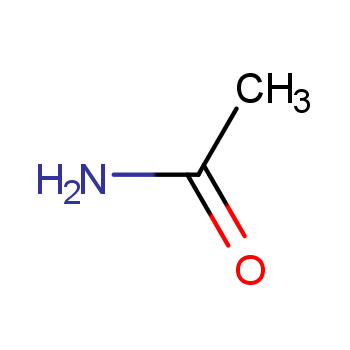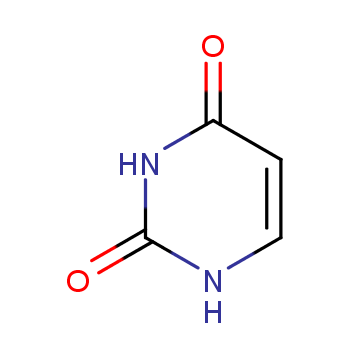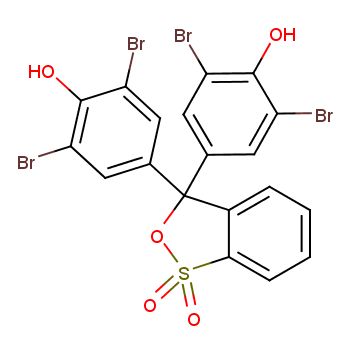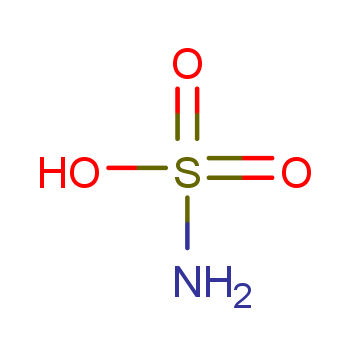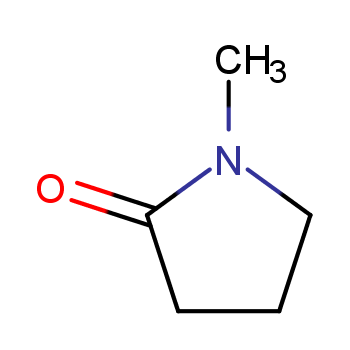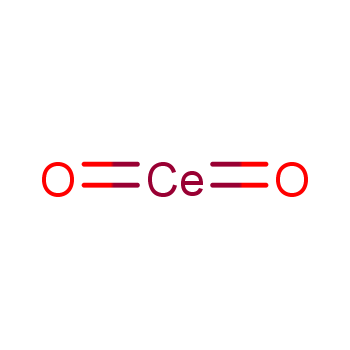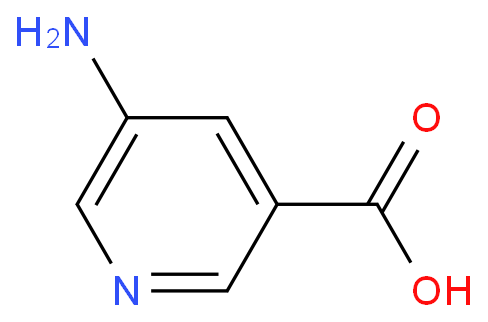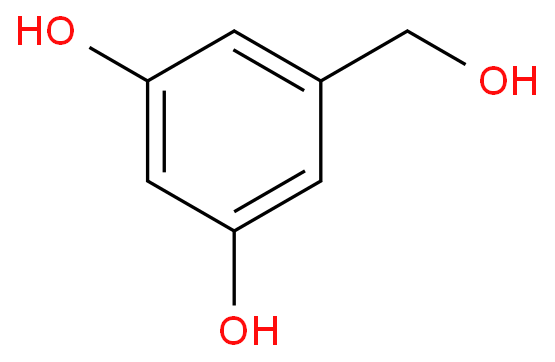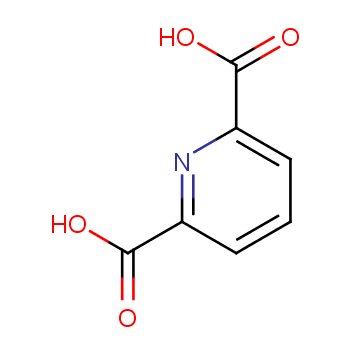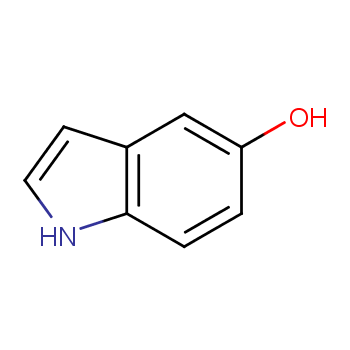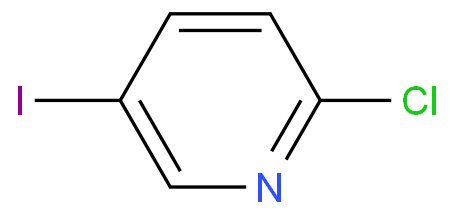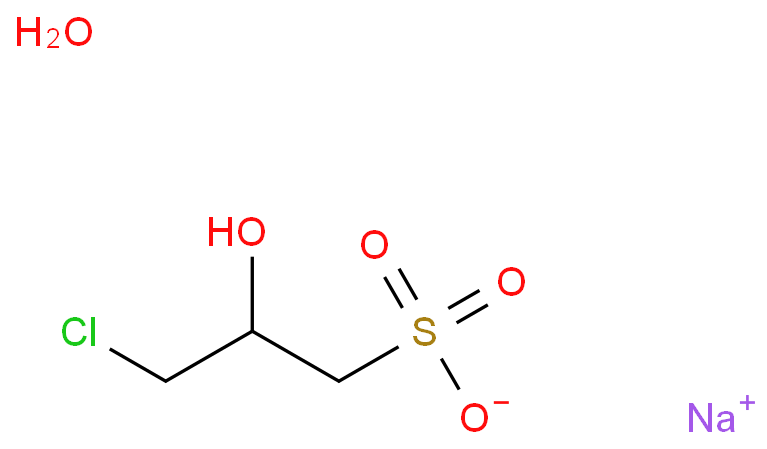Laboratory chemicals are chemical compounds used in scientific research and experimentation in various fields such as chemistry, biology, physics, and environmental science. These chemicals are used to perform various analytical and synthetic procedures and are often required in precise amounts and of high purity.
Commonly used laboratory Chemicals Categories
Acids: Acids such as hydrochloric acid, sulfuric acid, and nitric acid are commonly used in laboratories for various purposes such as pH adjustment, acid-base titrations, and synthesis of organic compounds.
Bases: Bases such as sodium hydroxide, potassium hydroxide, and ammonium hydroxide are commonly used in laboratories for various purposes such as pH adjustment, acid-base titrations, and synthesis of organic compounds.
Solvents: Solvents such as ethanol, methanol, acetone, and chloroform are commonly used in laboratories for various purposes such as extraction, purification, and dissolution of compounds.
Salts: Salts such as sodium chloride, potassium chloride, and magnesium sulfate are commonly used in laboratories for various purposes such as pH adjustment, buffer preparation, and protein precipitation.
Reagents: Reagents such as iodine, silver nitrate, and ferric chloride are commonly used in laboratories for various purposes such as identification of compounds, precipitation of proteins, and redox reactions.
Indicators: Indicators such as phenolphthalein, methyl orange, and litmus are commonly used in laboratories for various purposes such as pH determination and acid-base titrations.
Attention for Usage of Laboratory Chemicals Products
The use of laboratory chemicals requires proper handling and disposal to ensure safety for the researchers and the environment. Laboratories follow strict protocols for the storage, handling, and disposal of these chemicals to minimize risks associated with their use.
.more+



